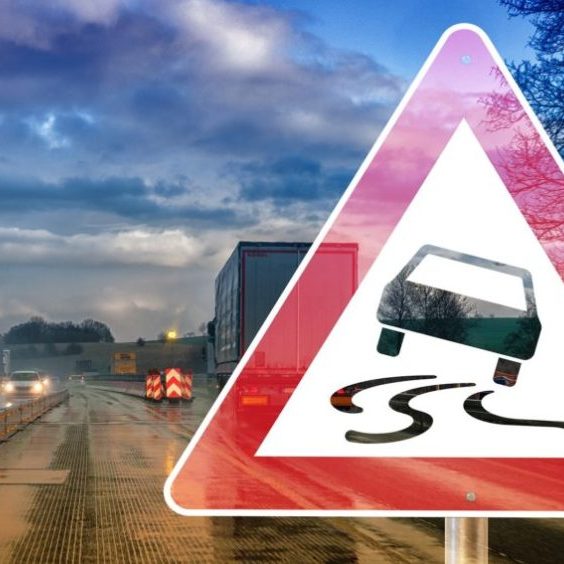
Tips for Driving on Wet Roads from Farmers Union Insurance Agency
Road conditions, precipitation, traffic, and several other factors all impact the way we drive. Being able to adjust your driving habits is vital to keeping you, your passengers, and other drivers safe. For experienced drivers, navigating wet roads might seem simple – slow down, increase your following distance, etc. – but there is often more to it than that. Whether you’ve been driving on wet roads for decades or you’ve had your license for just a few years, the tips below can make all the difference when driving on wet roads. We at Farmers Union Insurance Agency care about you and your family, and want to help you protect your most precious assets.
Best Practices for Driving on Wet Roads
Turn Your Headlights On
- By law, many states require drivers to have their headlights on while it’s raining but, without fail, it’s easy to find dozens of vehicles with their headlights off during heavy rain. When the roads are wet, it becomes difficult to see road markings and other vehicles.
- Headlight use doesn’t only apply for heavy rainfall – even if it’s just misting, turning your headlights on should be step one on your safe driving checklist.
Handle Hydroplaning
- Hydroplaning occurs when standing water creates a thin layer between your tires and the road surface, causing a loss of traction that drastically minimizes your ability to control your vehicle.
- First and foremost, try to avoid standing water. If that’s not possible, slow down. Driving over standing water at a slower speed may allow you to pass over the area without hydroplaning.
- If you can’t avoid hydroplaning, you need to know how to react to it. Do not brake or accelerate – simply take your foot off the gas and steer into the direction your vehicle is traveling, even if your instincts tell you otherwise. Changing direction while hydroplaning may cause you to spin out of control. Keep your composure and wait for the skid to end, then adjust your speed or pull over and wait for the weather to clear up.
Focus Ahead
- You should always focus on the traffic ahead, but by keeping your eyes up and beyond your own vehicle a few car lengths, you’ll make better decisions when other drivers hydroplane, quickly reduce speed, or stop quickly.
- Put your phone down, and turn the radio down when it’s raining heavily so you can focus on the task at hand: driving.
Preparing Your Vehicle for Driving on Wet Roads
Check Your Tires
- As the only four points of contact between your vehicle and the road, your tires are vital to driving safety on wet roads. If your tires’ tread is wearing thin, it will be harder to maintain and regain traction when driving on wet roads.
- You can use a penny to check if your tires have enough tread. Simply put a penny in your tire tread with Abe Lincoln’s head pointing down toward the tire. If you can see his entire head, it’s time for new tires. Of course, you can always stop in to a shop if you’d like a professional opinion.
Driving on wet roads poses a challenge, but if you are cautious and prepared, you’ll feel more confident and make better decisions.
Thanks to FUIA Premier company Partner Secura Insurance for contributing to the content of this blog. For this and other helpful tips, check out Secura’s blog here.
Find your local Farmers Union Insurance Agent here, and don’t forget to contact us for all of your insurance needs!
